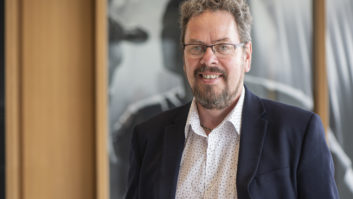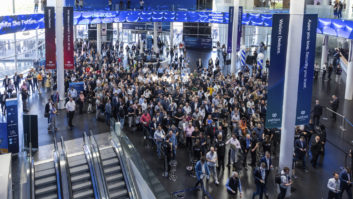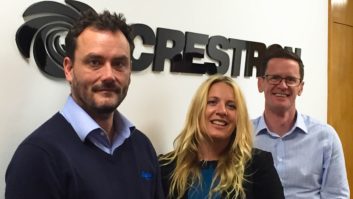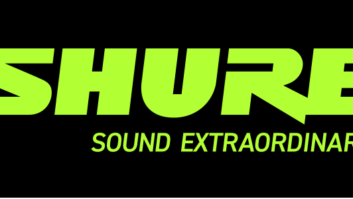 How would you assess the general level of demand from the education sector during the past few years, and to what extent has it been impacted by the pandemic and related circumstances?
How would you assess the general level of demand from the education sector during the past few years, and to what extent has it been impacted by the pandemic and related circumstances?
We have seen an enormous increase in interest in our audio solutions from the education sector in the last few years, which it’s definitely partly due to the pandemic and the need for remote teaching. However, the discussions about remote and hybrid learning formats already existed before covid hit us. We believe this accelerated a trend rather than creating a completely new market and the fact that we knew this trend was coming, allowed us to help our education customers adapt faster and more easily to the new teaching model.
The use of remote and hybrid learning during the past few years has had a lasting impact on education. To what extent is the need for more flexibility informing your activities in this area, and is it leading to a notable change in the kind of solutions that are required?
We have made investment in staff, marketing, and training to better serve the education industry with our high-quality audio solutions. And whilst many of our existing products are equally at home in a classroom, lecture hall or corporate space, there are specific features such as voice lift or collaboration with other communication platforms while using our MXA Ecosystem that dramatically enhance the education experience in the hybrid and remote teaching model.
We are also seeing success with our Stem ecosystem in smaller education installations, and we have new products in development to directly address the needs of teachers and lecturers.
The next few years are likely to involve significant pressure on education budgets. What impact do you think this will have on technology investments, and on your own interests in this market?
It’s very hard to see if budget constraints will affect the growth in the education market for us. Will people stop investing, or try and introduce more remote teaching to reduce cost? I think it’s too early to say. What I am sure of is that Shure will remain committed to serving the education market with our flexible audio solutions for the long term, no matter their budget. With Stem Ecosystem, organisations with limited resources or reduced budgets can have ideal audio for a successful communication experience.
With a particular focus on higher education, what are your most popular solutions and/or services in this market at the present time?
Historically we have had a lot of success with our MXW range of wireless microphones, the combination of DECT based technology removing any concerns about interference from other nearby wireless users, and the simplicity of install, operation and the remote monitoring capabilities we offer have made the range attractive to many institutions around the world. More recently the pandemic has made completely touch free solutions very attractive, and the advanced voice lift ability and market leading audio performance of our MXA ecosystem has proved to be the first choice for customers looking to equip themselves for a mixed remote and in person teaching future.
To what extent are schools and colleges adopting technologies prevalent in other areas of pro-AV such as IP, cloud, VR/AR, etc?
At Shure we have long found that different customer groups learn from the techniques and products used by others, so most recently we have seen Education adopting Teams, Zoom and other codec solutions that came mostly from the corporate space to address the needs of remote learning, but conversely the need for remote monitoring of audio and other technology perhaps came to maturity in large education campuses and has increasingly been adopted by corporate users. One of the ways our industry can help is by spreading this knowledge and solving our customers needs by using techniques originally developed for other scenarios.
Check out our education report from the latest edition of Installation, here.







